Sacralization : Physiotherapy Treatment & exercise
Table of Contents
What is a Sacralisation?
Sacralization is a common irregularity of the spine, where the fifth vertebra is fused to the sacrum bone at the bottom of the spine. The fifth lumbar vertebra, known as L5, may fuse fully or partially on either side of the sacrum, or on both sides. Sacralization is a congenital anomaly that occurs in the embryo.
The lumbar region of the spinal column mainly facilitates movement of the back and supports the body weight. The five lumbar vertebrae are designed in a manner that can help their function and is counted from above downwards as L1 to L5. The fifth lumbar vertebra has a peculiar shape and characteristics to suit its normal location and function.
In some cases, during embryonic development, some changes can cause congenital anomalies, leading to deformities of the vertebral bodies. Such congenital defects in the fusion or formation of certain parts can affect individuals in different ways. Sacralization is a congenital condition in which the lumbar vertebra fuses completely or partially with the sacrum on either or both sides.
Anatomy of lumbosacral joint :
The anatomical organization of the lumbar vertebra is irregular with a large body, stout pedicle, thick lamina, slender transverse processes, and short, thick square spinous process. Because of this robust structure, lumbar vertebrae are known for their characteristic biomechanics and support and transfer the upper body weight and provide mobility in the lower region of the back.
Anatomically between the 5 lumbar and 1 sacral vertebra in man is the strongest of the intervertebral disc. Its functions are:
- To Reduce the depreciation impact on the spine when walking;
- To Maintain a desired value of the field in the intervertebral segment L5-S1, through which important nerve trunks from the spinal canal, pass on the gluteal region and lower limb
- To Prevent nerves of the cauda equina (accumulation of nerve fibers in the lower part of the spine).
Owing To the special properties of the segment L5-S1 damage, including sacralization, increases the load on the upper lumbar segments (L1-L4). This function is usually the spinal column cope until then, until a person will start daily heavy lifting often to bend and unbend (for example, as a result of professional activity).
In such a situation at a certain point, the intervertebral discs L1-L4 can not cope with the assigned load and have lower back pain due to compression syndrome
Complications of sacralization :
- Actual pressure on nerves or nerve trunks.
- Ligamentous strain.
- Compression of soft tissue between bony joints.
What are the Causes of Sacralization?
- embryonic development, when the vertebrae begin to ossify, in about the eighth week.
- genetic predisposition
- The sacralization of L5 is thought to cause stress concentration on L4-L5, which can accentuate the development of degenerative spondylolisthesis and promote degenerative changes.
Signs & Symptoms
- Lower back pain along with buttock pain
- Limited ipsilateral (same side of the body) flexion
- Reduced mobility
- Muscle spasms
- Decreased coordination and flexibility
- Sciatic or radicular pain patterns
- Arthritis at the fusion site
- bursitis
- disc degeneration
- scoliosis
- Radiating pain in the leg
Type of Sacralization :
Unilateral sacralization
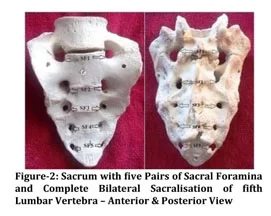
Bilateral sacralization

Diagnosis :
> A sacralization diagnosis also requires X-rays of the lumbar spine. You may have flexion-extension X-rays, so that the doctor can view the lumbar region in different positions.
> MRI imaging, To confirm a diagnosis.
Examination :
> Stand up straight. keep the Heels together and the toes spread to the sides; Try to get my hands on the floor,
If this fails, ask a close person to measure the distance, which is lacking to the floor using the tape measure (from the end of the 3rd finger)
> Pain may present in backward bending
Medical treatment :
- Anti-inflammatory drugs, and muscle relaxants for back pain, swelling, and inflammation.
- Injections and steroid treatment may be considered.
- Manual therapy, muscle or radicular technique if appropriate.
- Surgical treatment may be considered for cases requiring correction.
Physiotherapy treatment :
To relieve pain Electrotherapy modalities are helpful eg. IFT, TENS, US, Hot-Cold Pack
Sacralization exercises :
1. Pelvic Tilt Exercises :

The pelvic tilt is a beneficial exercise for your L5 vertebra. It reduces lower back pain by strengthening your abdominal muscles and inhibiting your lower lumbar paraspinal muscles. Lie on your back with your knees bent and your feet flat on the floor. Rest your hands on your pelvic bones on either side of your body. Contract your abdominal muscles and tilt your pelvis up to the ceiling by pressing your lower back into the floor. Release and repeat.
2. Hamstring Stretching exercise :
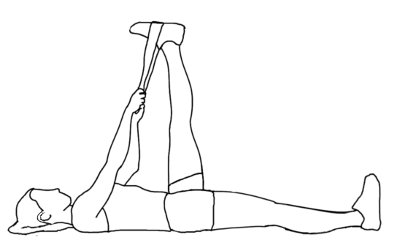
The hamstring stretch can help stabilize your lumbar spine. Lie on your back with your knees bent, keeping your spine in a neutral position. Raise your left leg into the air and straighten it by lifting your heel toward the ceiling. Hold your leg behind the upper thigh using both hands and gently pull the leg closer to your body. Hold the stretch for up to 30 seconds, then release and repeat on the opposite side.
3. Back Flexion Exercise :
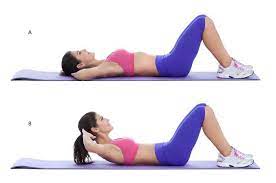
Back Flexor’s Strengthening exercise Helps to improve overall function of Back. These exercises are intended to enhance lumbar flexion, avoid lumbar extension, and strengthen the abdominal and gluteal musculature in an effort to manage low back pain non-surgically. It also stretches the erector spinae, hamstring, and tensor fasciae latae muscles and iliofemoral ligament.

4. Back Extension Exercise :
Back Extension Exercises are Helps in Reducing pain, centralization of symptoms, and complete recovery of pain. Back Extension exercise also strengthens the Back Muscle and Helps in Speedy recovery.
There are too many ways to do these exercises. Choose the proper way that works best with your strength, ability, and comfort level.
FAQ
Is sacralization of L5 serious?
When sacralization is complete, the L5 vertebra entirely fuses with the sacrum bone; when it is imperfect, the L5 and S1 vertebrae only partially merge. As a result of the fusion, the nearby joints may experience excessive stress, which can cause low back pain with early degenerative changes and arthritis. However it may be non-symptomatic or it may be serious, it may vary from person to person.
Does sacralization cause pain?
When sacralization is complete, the L5 vertebra entirely fuses with the sacrum bone; when it is imperfect, the L5 and S1 vertebrae only partially merge. As a result of the fusion, the nearby joints may experience excessive stress, which can cause low back pain with early degenerative changes and arthritis.
Is sacralization treatable?
Treatment for Sacralization
In most cases, sacralization does not cause any symptoms or functional problems. However, in some individuals, it may contribute to lower back pain or other spinal issues. If sacralization is causing significant pain or impairing daily activities, various treatment options may be considered.
Mostly non-surgical treatments, such as Lifestyle modifications to avoid or change activities that increase pain with pain relieving medication and Physiotherapy treatment and exercise is important. Surgery is rarely required.What is the incidence of sacralization?
The incidence of sacralization was 11% while lumbarisation was around 2%.

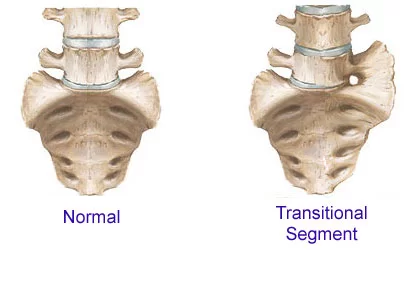
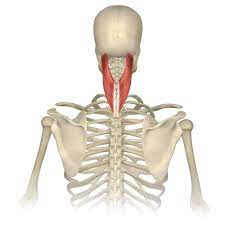

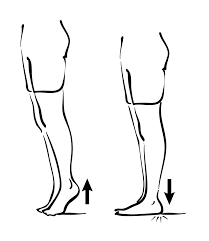
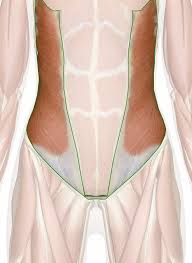
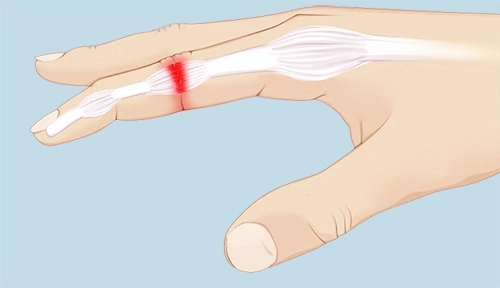
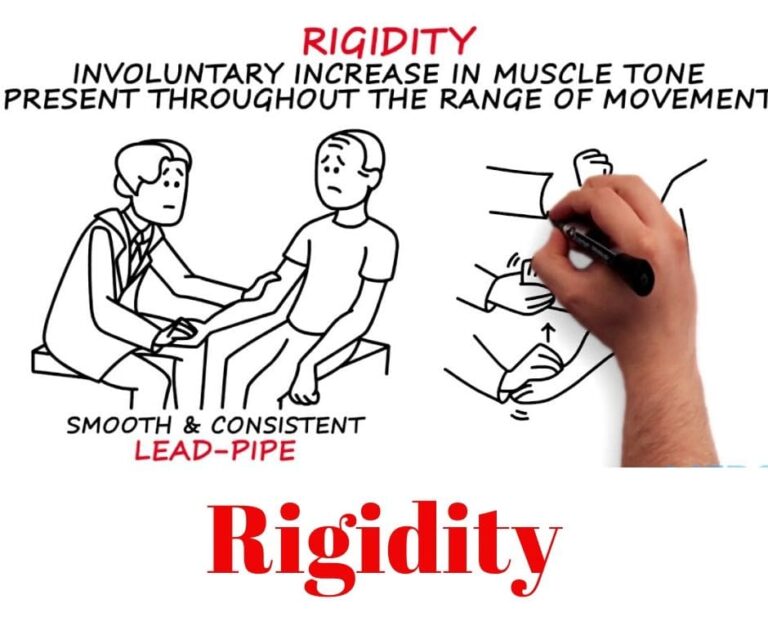
Is steriod injection will correct the sacralization
Yes, It will reduce symptom’s of Pain and related other symptom’s , However There are no Permanent Solution of Sacralization, Long sitting position will increase the symptom’s again, so ergonomics of low Back, low Back exercise, Posture correction exercise, spine mobilization exercise will help.